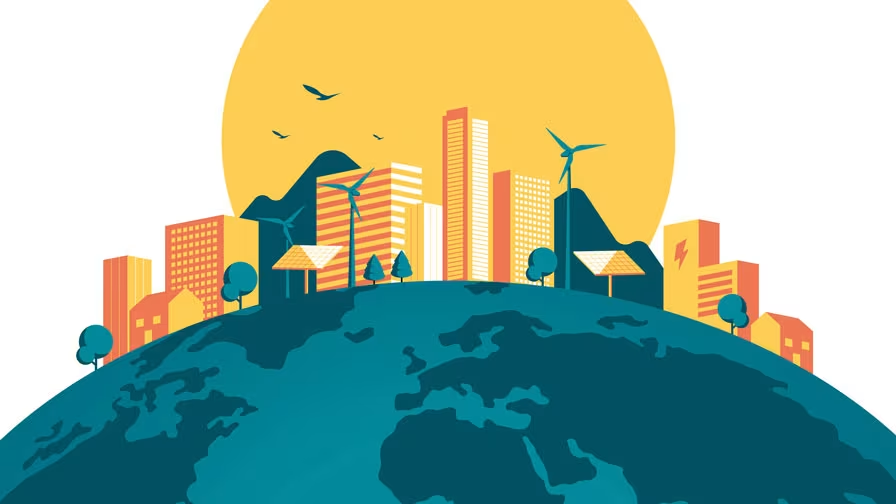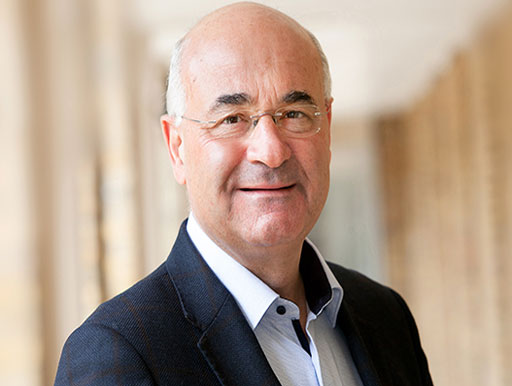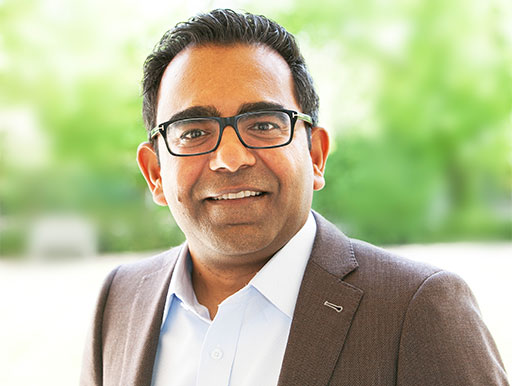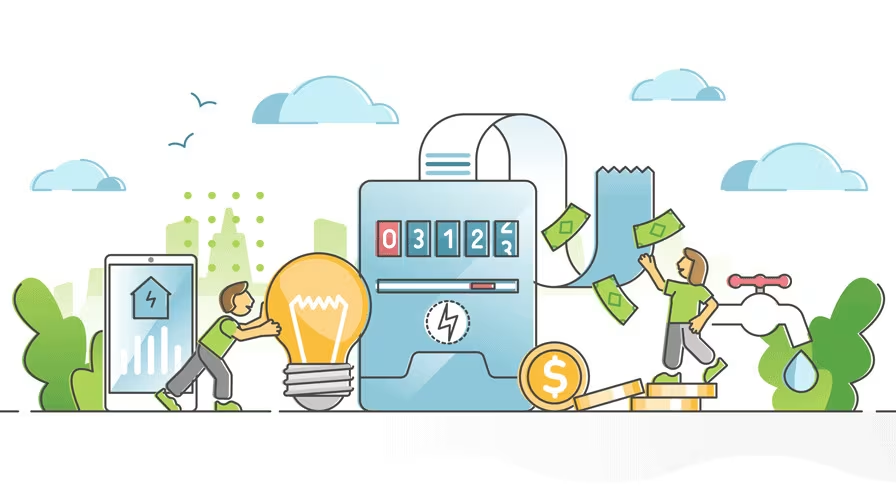Staying with climate change, we have these lofty goals whereby we say, “We need to get to x by 2030”. The goals are laudable in themselves: the problem is, they sound unattainable. People fail for lots of different reasons, but one of them is not understanding the psychology of habit formation and how small changes have a compounding effect at the societal level. The more leaders focus on this, the better people will understand it. If you can nudge everyone to do something slightly better, you can achieve a phenomenal impact.
The importance of measuring progress
Related to the issue of changing habits is the importance of measuring progress. Companies engage in a lot of signalling of what they want to do, but it’s crucial to measure progress and to communicate how far we have progressed; however little it may seem momentarily. Management guru Peter Drucker said: “What gets measured gets managed” – it quickly became a management truism – but people underestimate how the simple act of measuring and keeping tabs of progress gets imbued in the culture of the organisation. The minute you start measuring something, people start to focus on managing it. If you communicate the small steps you have taken, it highlights to others how far and how quickly things have progressed, even though that progress began with a baby step.
Transparency is key
These ideas are taken from the psychology of change, which also shows that transparency is key, because it helps build trust and credibility. That’s why it’s also important to communicate not just progress, but missteps. Often, leaders think that if you reveal your mistakes, it signals a lack of competence and erodes trust. If anything, however, the reverse is true: it helps build trust and credibility. For leaders, it’s about easing the psychological friction that change implies for many people. People resist change for many reasons. If they can be helped to overcome their often-unconscious resistance it can not only help them develop as individuals, but nudge us gently towards attaining big societal goals.
Lynda Gratton, Professor of Management Practice in Organisational Behaviour

As someone who researches the future of work and the interface between people and organisations, I once wrote a book entitled The Key: How Corporations Succeed by Solving the World’s Toughest Problems, which asked what would happen if companies actively anchored themselves in their communities and supply chains. What if they leveraged their unique capabilities to address the complex global challenges of today, such as climate change and youth unemployment?
So, I approach these issues from a people perspective. That means, in terms of ESG, I look at the ‘S’ – the social part. Historically, corporations have not done this systematically, but they are beginning to adopt a new perspective. For example, Siemens’ chief human resource officer is also the company’s head of sustainability, so organisations are today waking up to the fact that their sustainability goals are synonymous with the people-side of their businesses.
I think every CEO should be thinking about three aspects to this. The first is that the word “sustainability” really describes the future. If I say, “This is sustainable”, it means it’s going to be here in some future sense – it’s not going to die or disappear tomorrow.
The future focus
From a people perspective, the focus is on the future. There are two parts to this. The first is, how do you help your current employees stay skilled in the future? This is the big reskilling agenda. Many organisations are now realising that they can’t just keep on recruiting new people – they have to develop their current employees and, if they go through some sort of organisational change in the market, they have to reskill people.
The second aspect of the future focus is social mobility. Leaders are currently very focused on diversity – as, of course, they should be – but they need to focus increasingly on social mobility. This means asking how do we build an organisation where the kid in the sink estate a mile down the road can join us when they don’t have that chance now? This is about actually creating sustainability in our working lives and the social environment around us.
Who is this for?
The second consideration leaders have to take into account is, who is this for? The answer is: it’s for everyone. Not so long ago, when companies started to think about sustainability, their actions were directed at their employees. What they are realising now, however, is that it’s a lot to do with their entire ecosystems. For example, if you’re a large multinational such as Unilever and you want to reduce your carbon footprint, just doing it with your full-time employees isn’t going to scratch the surface – there are millions of people in your supply chain. With regard to the people-side of sustainability, it’s not just about your employees – it’s about your partners, it’s about your supply chain and it’s about everyone in their orbit.
Naming and signalling
The third consideration for CEOs is about naming and signalling. For example, we have seen a huge amount of work going into accrediting companies’ carbon-footprint stories in recent years. If a company makes grand claims in this area, there’s a global accreditation process that asks, “Have you actually done it? And, if you haven’t, how can you be trusted?” Historically, the accreditation process has been lacking when it comes to the ‘S’; the social aspect. If you say, “I’m reskilling people” or “I’m promoting social mobility”, how do we know your claim can be trusted? But companies are now realising that their employees and their investors want to know what they’re doing with regard to the ‘S’ of ESG, so they are really moving forward on it. The most obvious area here is gender parity.
In some countries today, including in the UK, it’s a government requirement to reveal the wages of men and women in your company, and similar accreditations are taking place in other areas. In social mobility, for example, there’s now an accreditation- rating organisation, the Social Mobility Foundation, that analyses whether social mobility is taking place in your company. Ultimately this comes down to leadership, because it’s about what leaders decide to signal.
One notable example of this is Mastercard’s big sustainability initiative, which is around social inclusion. The company has established the Mastercard Center for Inclusive Growth to advance “equitable and sustainable economic growth and financial inclusion around the world”. The company’s aim is to get one billion people around the world into the banking system. Of course, this has a direct commercial payoff for Mastercard, because previously unbanked people will borrow money from it, but the aim is translated into social goals that show what the organisation is interested in. And, because the goals have a set of metrics that are publicly available, the company can be held to account in terms of progress towards achieving its social aims.
Individual autonomy
Costas emphasises that autonomy is a fundamental part of corporate agility, and I think this is so true. But there are also real benefits to autonomy at the individual level because it gives people more control over how they manage their lives – and when people have more autonomy, they can build in the resilience needed to navigate an increasingly uncertain future.














